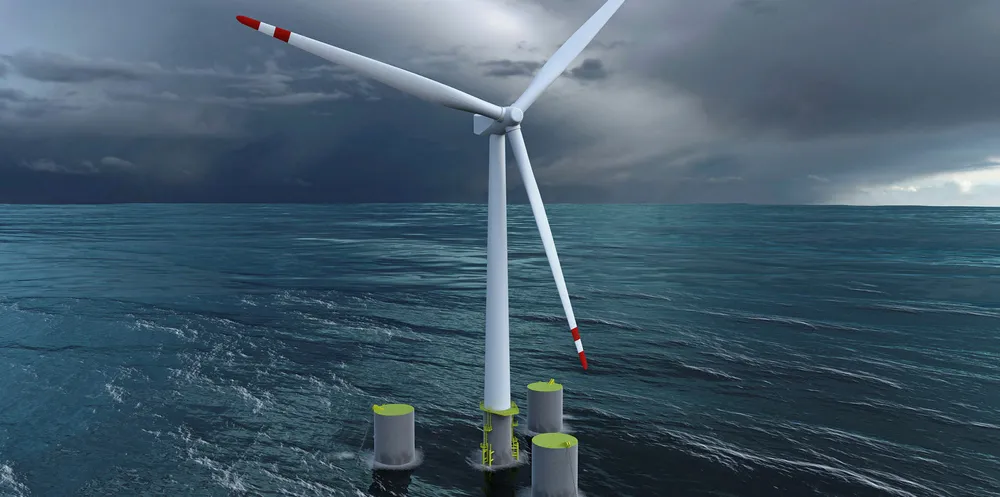Iberdrola aims to be 'leading floating wind player' with first projects off Norway and Spain
Spanish offshore wind giant also announces 'active interest' in US and Scotland as it takes decisive leap into emerging sector

Spanish offshore wind giant also announces 'active interest' in US and Scotland as it takes decisive leap into emerging sector
